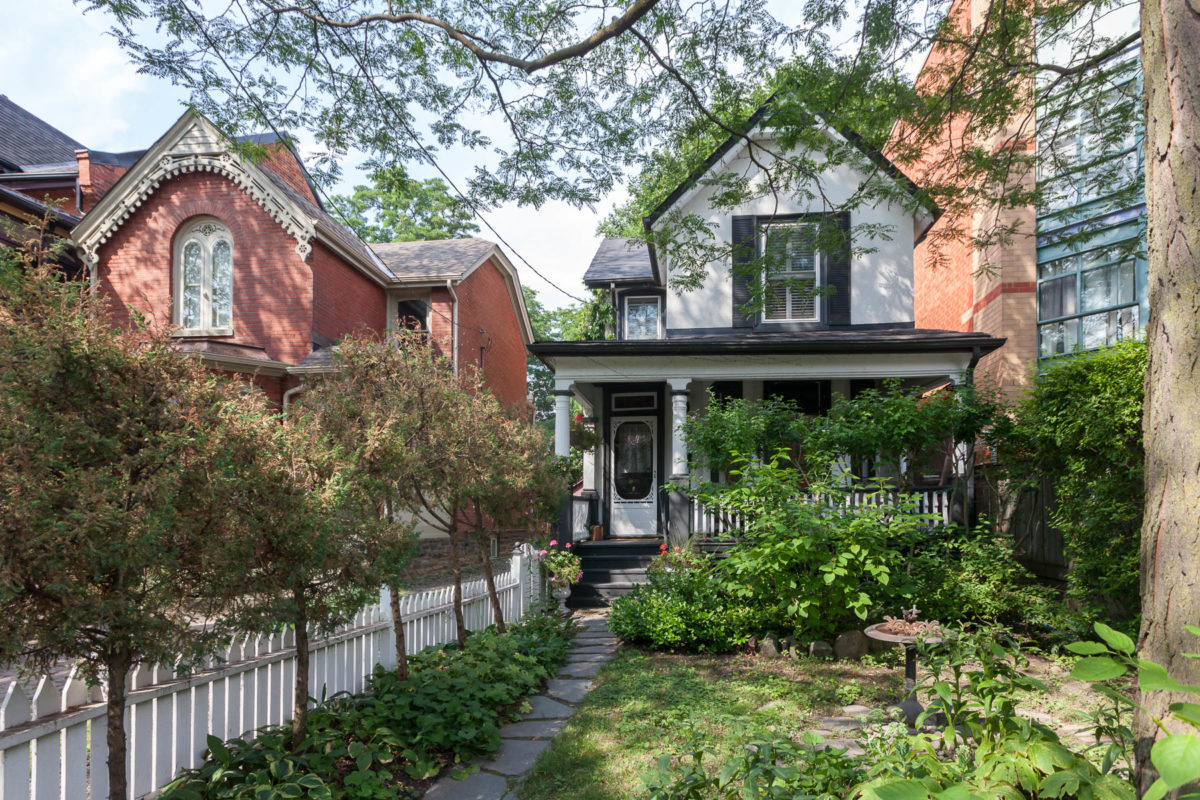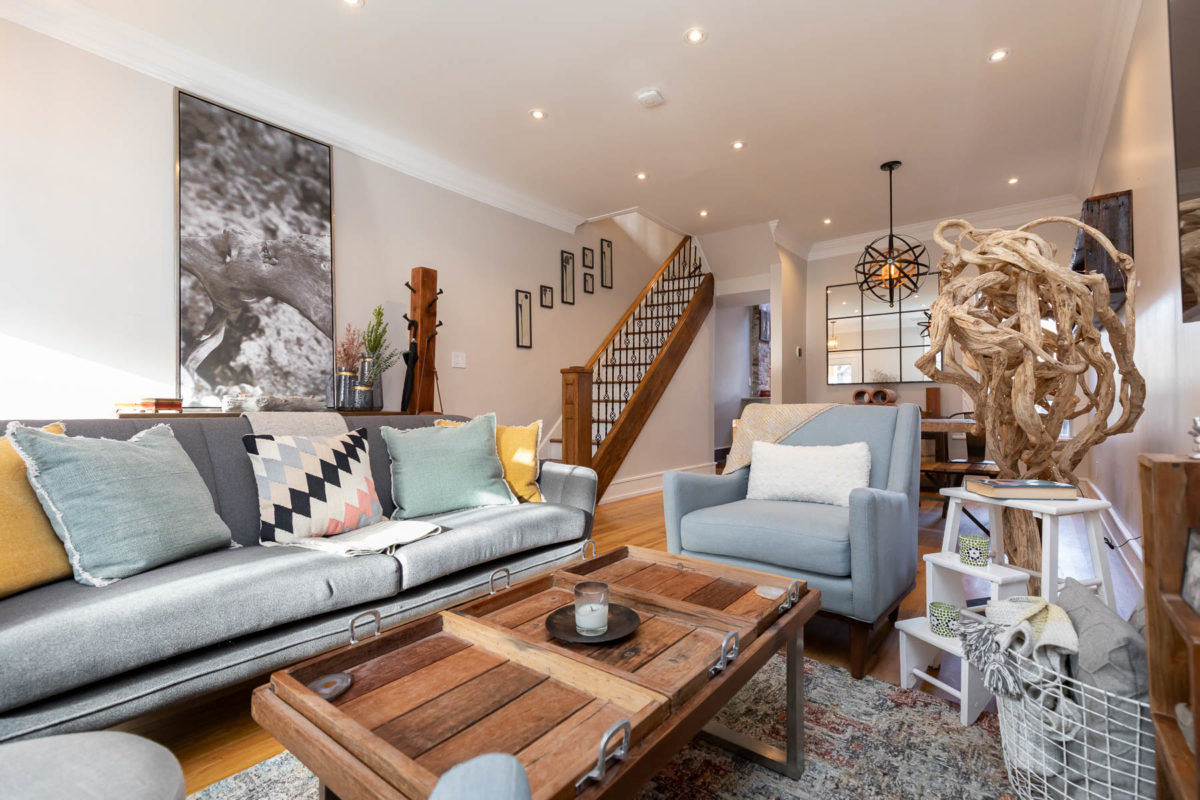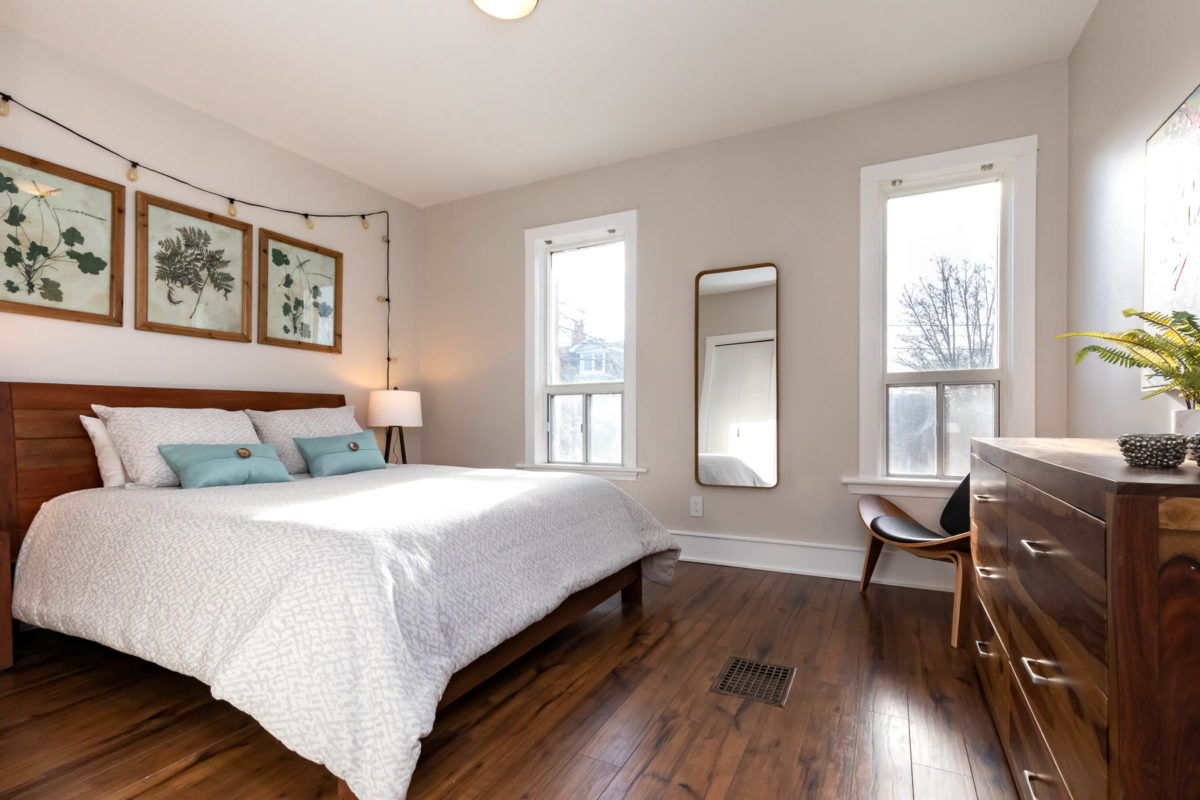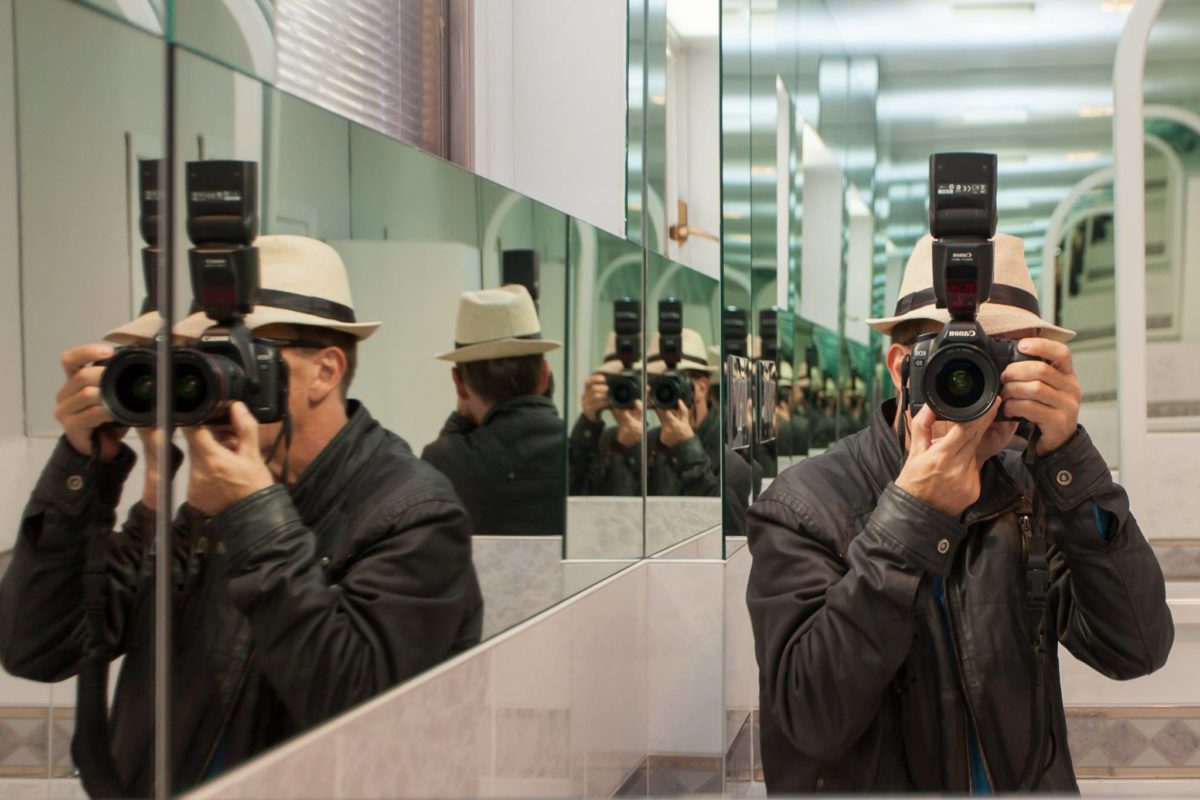There is a famous expression that "a picture is worth a thousand words." In real estate the right pictures can be worth more than words, they can add thousands of dollars towards the selling price of your home.
How your home looks both online and in real life is key to gaining the attention of the right buyer and will ultimately lead to selling your home quickly and for the top possible dollar. According to RISMedia, homes placed on the market with high-quality photography sell 32 percent faster.
Today, over 90 percent of prospective home-buyers utilize the internet when searching for a home. This means professional photography is paramount to help a property gain the most possible attention, reducing the number of days a home is on the market, and ultimately increasing its price. In the Internet age, we're far more likely to click on a great photo than a weak one or just text.
Julian Mendl is a former retail exec who transformed his part-time photography passion into his own business, Toronto-Pix Real Estate Photography, a decade ago. His passion for interior design and architecture can be seen in his real estate photography all over the city.
Julian understand that a good real estate photographer isn't just a photographer, but a real estate professional:
What I try and do differently is to imagine myself considering whether to buy the property. I try to take photos that will appeal to what I imagine is the target market. I've looked at hundreds of homes in Toronto, London, and Melbourne with a view to buying and I know how frustrating it can be. I want my photos to show the desirable qualities and have the integrity to ensure that the right people show up at the open houses.
We asked Julian to provide his top recommendations to help you get the best possible photographs for your home before it hits the market and here are the 6 Professional Photography Tips on Getting Your Home Ready for Sale.
1. Each Home Has A Peak Time For Prime Photography
Your real estate agent will make educated recommendations of what should be highlighted about your home within the listing. When your home is photographed will be dependent on how soon you need to list, and timing the pictures to help make key selling features of your home shine.
Every home has the perfect hour for light, but they’re not all the same. I like the middle of the day for interior photos so that I can make the pictures look consistently bright and sharp throughout the image. This can be difficult to do when the sun is too bright and the shadows are too strong.
Quick Tip: Turn all the lights on and open the curtains or blinds when your home is being photographed to let in as much light possible.
2. There is No Set "Season" For Listing Photography
While real estate markets in Toronto have peak times, when you have your home photographed won't necessarily be directly before you list. This will really come down to highlighting what's unique and appealing about your home.
If the home has a beautiful garden, then the summer is good. If the home is architecturally interesting, then perhaps after the leaves have fallen and more of the details are visible. I like to photograph the property looking it's best, but I also want the listing to look fresh and new. Choose your season to sell, and I'll want to photograph when it looks best in that season. In the winter, I want fresh snow and sunshine, and not slush and puddles. In the fall, I prefer the colourful leaves on the trees and not on the ground.
Quick Tip: Avoid booking your photographer on garbage day as it will unnecessarily clutter up the front view of your home.
3. Remove Literal and Figurative Fingerprints From The Home
People spend years getting their home just the way they want it, with personal touches everywhere. While this is perfect for your day-to-day life, it isn't ideal when you want to photograph your home so others can envision themselves taking up residence. Buyers like to imagine their own belongings in the home and less clutter in the picture or at the showing helps them do this.
Julian says that room set up is important in getting the best possible photography of your home and says common challenges include:
Furniture in the corners so that I can't position myself properly to photograph the whole room. Other items that you'll want to keep out of the camera lens include electric kettles, coffee machines, toaster-ovens, televisions, salt-stains, wire-clutter, and full-wall mirrors.
Quick Tip: Be sure to declutter everywhere and remove signs of pets before the photographer comes. Consider having your pet stay with family or friends while your home is being photographed to avoid your fur kid photobombing your listing pictures.
4. Digital Photos Are Great, but They Won't Be the Same Quality as Using a Professional Photographer
While digital images are getting better each year making novices feel like they can shoot professional grade photography on their cell phones, the expertise of a professional photographer will really make your home shine. Professional photographers, such as Julian, have cameras with the technical capability of full-frame, professional DSLRs with magazine-quality lenses (focal length, corner to corner sharpness and accurate colour rendition).
Images need to be bright and sharp, and show as much of the interior as possible. I don't just take photos of a property, I take photos that will make that property stand out amongst thousands of others on the MLS or Realtor.ca.
Quick Tip: Before booking your photos ask your prospective photographer to share images they've shot of similar homes or homes around your neighbourhood to ensure their style will fit what you and your agent are looking for.
5. Photography Is Important Even For a Tear-down
If your home is in an area where many builders tend to purchase for a rebuild, or the home is in rough shape, it can be tempting to skip on professional photography to save a few bucks, but photographs of these homes are also important.
I used to think that if a place is barely inhabitable then photos won't help, but contractors and developers spend more time looking at more photos than regular buyers. In addition to houses for sale, feedback from the South Core and Liberty Village tell me that professionally photographed rentals can attract multiple offers and increased prices.
Quick Tip: Inquire about your photographer shooting other important photos of the area surrounding your home, like local schools, parks and café-culture to help add some depth to your listing.
6. Know Which Photos Are Most Important to Get Right
The key rooms that potential buyers want to see include the kitchen, living room, and master bedroom. Bathrooms are also very important in presenting a property for sale, but they don't all photograph well, so having a skilled person to get the best possible images of these rooms can make a huge difference in the feel of the online persona of your home.
It's all about having the right equipment. When I show up, I'm bringing the same camera and lenses that the best photo-journalists and architectural photographers in the world are using. My equipment is more sensitive to light and all my photos look bright and crisp.
Quick Tip: Some of the best real estate photo-shoots have lighting that has a consistent colour-temperature across the picture. Use newer LED lightbulbs that are rated neutral 2700k or cooler consistently in all floor level lamps, to gain a more professional looking photo.
Julian loves working with professional stagers and real estate agents since as a team they can make each other look better and drive each other's continuous improvement.
This is where the best and most experienced real estate teams really add value. The best real estate agents bring it all together by looking at the whole package: MLS, printed brochures, newspaper ads, showings and social media. When I photograph a property, I take all of these into account and often take photos knowing exactly which medium they will be used in.
Having your home photographed by Julian usually takes an hour for most cases, with historical homes taking a little longer. Julian's price ranges are usually between $199 and $349, depending on the size of the property. To find out more about Julian and booking his photography for your home, visit him online at www.toronto-pix.com.
SM00LR





